Laserfiche is the leading global provider of intelligent content management and business process automation. Customers across industries — including government, education, financial services and manufacturing — rely on Laserfiche to work smarter and faster. With powerful workflows, electronic forms, document management and analytics, Laserfiche enables organizations to eliminate manual processes and automate repetitive tasks, accelerating how business gets done.
However, the platform itself is only one part of the equation. Service and support are also paramount in providing customers with the best experience possible. One of the ways Laserfiche customers receive this type of experience is through its expansive network of value-added resellers (VARs) and managed service providers (MSPs).
Read on to see how Laserfiche stands out from the pack when it comes to giving value-added resellers, managed service providers, solution providers (SPs) and other resellers the tools they need to maximize revenues and better serve their clients.
SaaS as recurring software revenue
It’s no secret that most software these days is sold as a service. It provides recurring revenue for software companies to further develop and update their offerings, with a low upfront cost for customers that can pay for software only for the time they need it.
For resellers and technology implementers this can also be a boon, with this new breed of software providing consistent revenue in a similar way to support and services. This also means that a high renewal rate is essential for resellers to fully capitalize on this revenue stream.
The Laserfiche platform provides proven and easy-to-use software that customers simply love to come back to, and 90% of Laserfiche customers renew their subscription when it comes time to do so. Customers often expand their solutions over time or spread the word to other firms in their industry, and with a license-based model, this provides even more recurring revenue for resellers, month over month, year over year.
We have your back, not your wallet
Some companies take margins of their resellers’ support and service revenue, taking a crucial piece of what many SPs, VARs and MSPs see as the core of their revenue models. These providers are putting in the hours and resources into providing services and support, and they should be getting the maximum value out of these offerings, which may include:
- Software and hardware support
- Hardware and software maintenance
- Data storage and backups
- Cloud services and cloud system migrations
- System and network infrastructure management
- Network and system security
Laserfiche allows its Solution Providers to keep all revenues generated from the support and services they provide. This enables SPs to reap the rewards of their work and maximize the value of being part of the Laserfiche Solution Provider program.
However, this doesn’t mean that resellers have to go it alone when it comes to services and support. They can also decide to add services directly from Laserfiche for a flat fee, or contract out partial or complete projects to Laserfiche on an individual basis based on business needs.
In fact, Laserfiche provides additional support to its network of resellers for simply being in the program, from sales, to marketing and even product demonstrations. These offerings provide Solution Providers with the tools they need to thrive in a competitive business environment and provide the highest level of service to their customers.
Easy-to-sell products that fit within your portfolio
For VARs, MSPs, or any firm that simply wants to add enterprise content management to its product offerings, Laserfiche makes a platform that’s easy for resellers to sell to customers.
Laserfiche has the flexibility to fit into virtually any tech stack. Used as a solution for HR, vendor management, and other departments, Laserfiche can help fill in gaps with solutions VARs and MSPs are offering to customers, or act as a catalyst that brings a reseller’s services and platforms together with its extensive integration capabilities.
In addition, any professional services and support a reseller offers for Laserfiche comes in at a very low risk. The ease-of-use that comes with the Laserfiche platform, along with the ability to use pre-configured process templates, ensures that VARs and MSPs spend their time configuring systems instead of troubleshooting them.
Most of all, Laserfiche has a transparent and easy-to-follow pricing structure. Instead of spending time browsing price lists, a reseller only has to tell Laserfiche how many licenses it needs as part of a customer order. Solutions are also bundled to meet specific customer needs, such as document management or process automation, so all the functionality a client wants is there without any surprise fees or necessary add-on features. This means resellers can build solid customer relationships while still maximizing revenues.
The simple solution for SPs, VARs and MSPs
An established product that is easy to set up, service, maintain and support, the Laserfiche platform is a powerful solution for resellers wanting to spend less time troubleshooting with their vendors and more time interacting with customers while increasing revenue across multiple streams.
To learn more about the benefits that the Laserfiche Solution Provider Program can offer SPs, VARs and MSPs – and how you can sign up – click here.
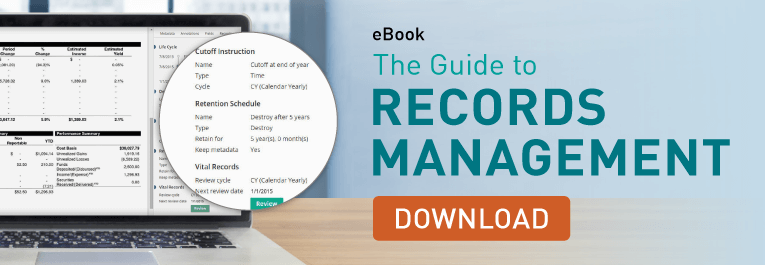

 SIU also used Laserfiche to expedite the collection of patient information when a local healthcare provider retired. “There was a local practice where the provider retired, and all of their patients were transitioned into our practice,” Washburn explained. “We had to collect release of information notices, so we quickly deployed a Laserfiche form to streamline that process. Our clinical staff just had to enter the patient’s health record number. Our system integrates with our practice management system to pull everything automatically, which significantly reduced the time it would have taken manually.”
SIU also used Laserfiche to expedite the collection of patient information when a local healthcare provider retired. “There was a local practice where the provider retired, and all of their patients were transitioned into our practice,” Washburn explained. “We had to collect release of information notices, so we quickly deployed a Laserfiche form to streamline that process. Our clinical staff just had to enter the patient’s health record number. Our system integrates with our practice management system to pull everything automatically, which significantly reduced the time it would have taken manually.”


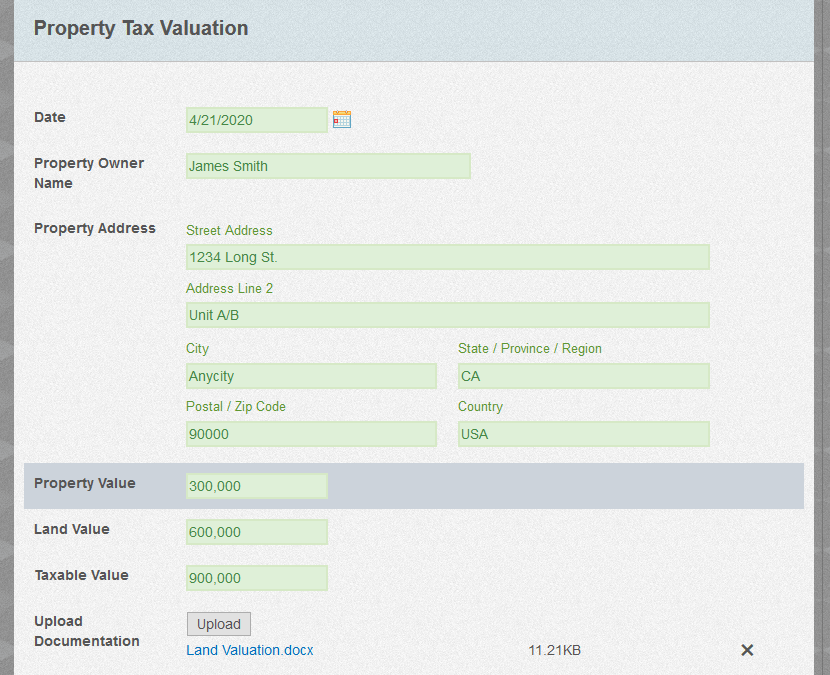

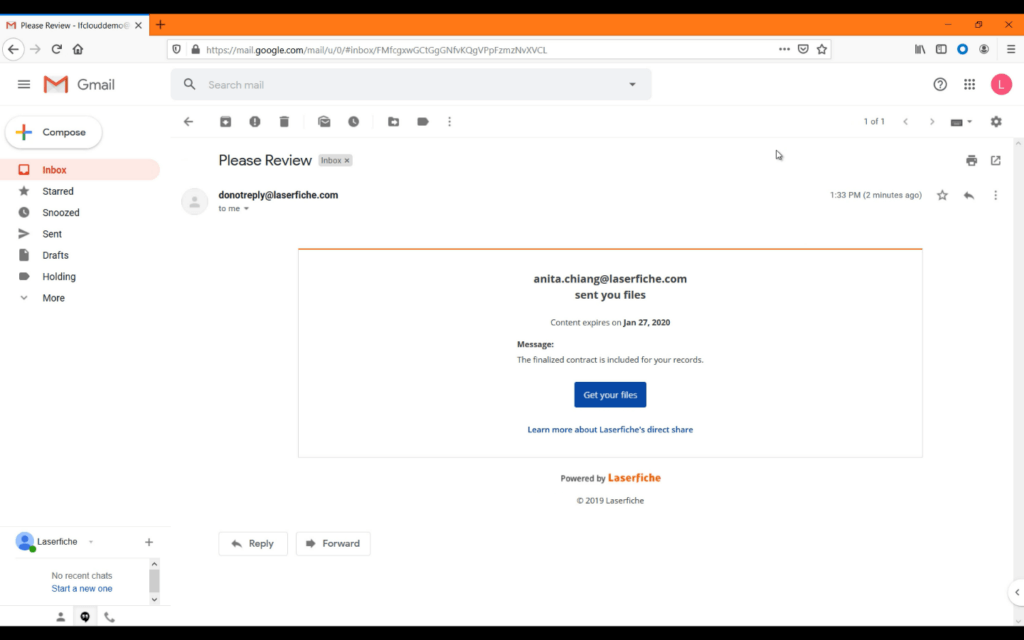
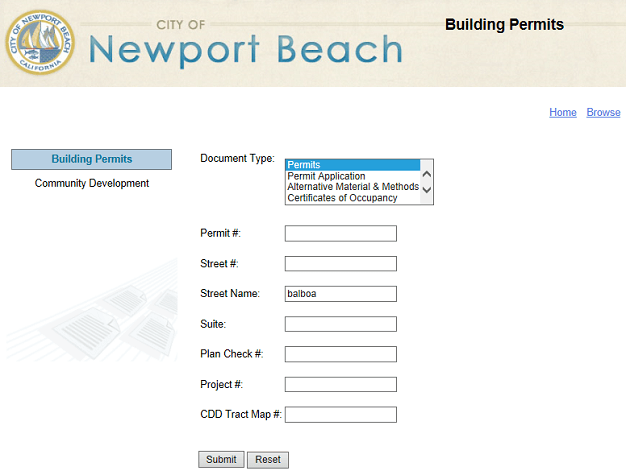
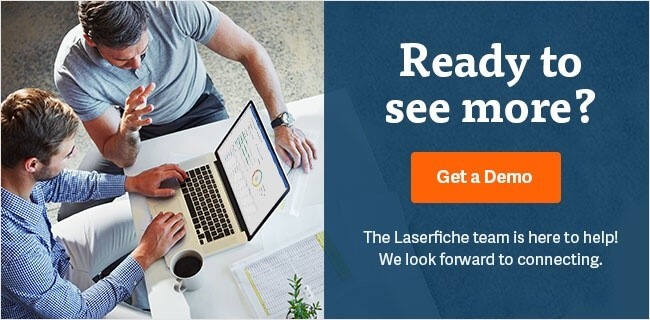

 Operational procedures are automatically documented because they live on the Laserfiche form used for the process. Because the process is digital, it’s also consistent. With workflow logic built into the process, steps don’t get forgotten or skipped. And the firm is able to keep track of things at all times using dashboards to monitor the status of requests. “It actually helps us onboard new employees as we’re trying to grow—it becomes a type of training tool, because the process helps you drive what’s needed,” Arya said.
Operational procedures are automatically documented because they live on the Laserfiche form used for the process. Because the process is digital, it’s also consistent. With workflow logic built into the process, steps don’t get forgotten or skipped. And the firm is able to keep track of things at all times using dashboards to monitor the status of requests. “It actually helps us onboard new employees as we’re trying to grow—it becomes a type of training tool, because the process helps you drive what’s needed,” Arya said.